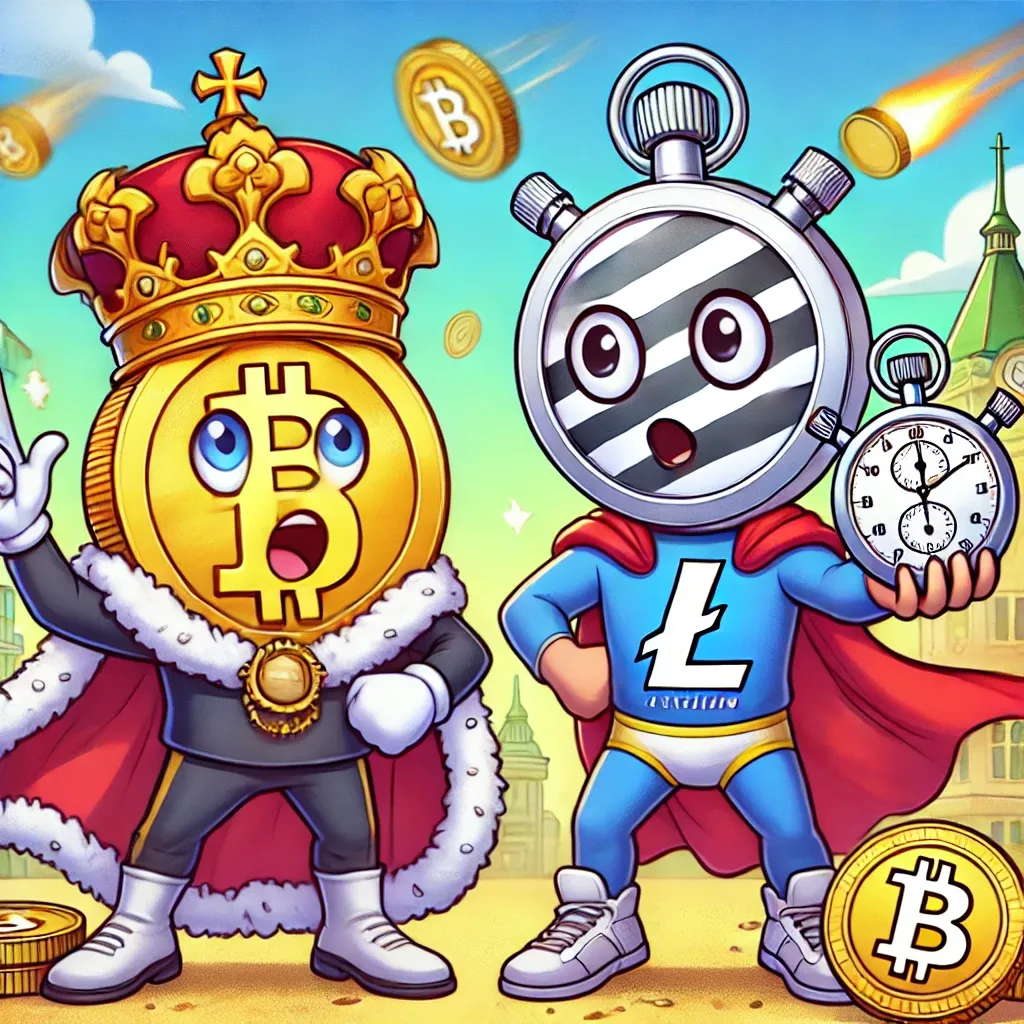When it comes to cryptocurrency, most people think of Bitcoin as the king of the blockchain jungle. But did you know that the first altcoin to step into the spotlight was Litecoin, way back in 2011? Let’s dive into the fascinating history of this silver-to-Bitcoin’s-gold digital currency, peppered with fun facts and a sprinkle of humor.
What is an Altcoin, Anyway?
Before we dive into Litecoin’s story, let’s clear up the jargon.
Altcoin 101
- An altcoin is any cryptocurrency that isn’t Bitcoin.
- The term itself screams “alternative coin,” because, well, it’s the alternative to Bitcoin.
In the early days of crypto, altcoins were the rebels of the blockchain revolution. Litecoin was the first major contender to challenge Bitcoin’s dominance.
Litecoin: The Birth of the Silver Standard
Who Created Litecoin?
Litecoin was created in October 2011 by Charlie Lee, a former Google engineer with a knack for simplifying the complex. While Satoshi Nakamoto was busy basking in the Bitcoin glory, Charlie had one goal: to create a lighter, faster version of Bitcoin.
Think of Bitcoin as the heavyweight champion, and Litecoin as the nimble, agile underdog.
What Makes Litecoin Different?
Here’s why Litecoin was—and still is—special:
- Faster Transactions: Litecoin’s block time is 2.5 minutes compared to Bitcoin’s 10 minutes. Translation? You don’t have to wait forever to confirm your coffee purchase.
- More Coins: Bitcoin maxes out at 21 million coins, but Litecoin offers a generous 84 million. Sharing is caring, right?
- Scrypt Algorithm: Instead of Bitcoin’s SHA-256, Litecoin uses Scrypt, a memory-intensive hashing algorithm. This makes mining more accessible for everyday users (or at least it did in 2011).
Why Did Litecoin Succeed?
The Silver to Bitcoin’s Gold
Litecoin marketed itself as the “silver” to Bitcoin’s “gold.” While Bitcoin aimed to be a store of value, Litecoin positioned itself as a practical cryptocurrency for everyday transactions.
A Perfect Timing
Litecoin launched at a time when Bitcoin was gaining traction, but people were hungry for alternatives. It was like discovering tacos after eating pizza for years—still delicious, but refreshingly different.
Fun Facts About Litecoin
- First to Implement SegWit: Litecoin was the first major cryptocurrency to adopt Segregated Witness (SegWit) in 2017, proving it wasn’t afraid to innovate.
- Litecoin’s Mascot? A funny unofficial mascot, “LTC Pupper,” emerged on Reddit as a joke, resembling a Shiba Inu (no, not Dogecoin’s dog, a different one).
- The Lite Speed: If Bitcoin is the slow turtle in Aesop’s fable, Litecoin is the hare.
Is Litecoin Still Relevant in 2025?
Absolutely! While newer altcoins with flashy features have entered the scene, Litecoin remains a trusted, secure, and speedy cryptocurrency. It’s still a top-20 coin by market cap, proving that the OG altcoin can hang with the new kids on the block(chain).
Why Should You Care About Litecoin?
- It’s a Pioneer: Litecoin paved the way for countless altcoins and innovations.
- It’s Reliable: With over a decade of history, Litecoin has stood the test of time.
- It’s Fast and Affordable: Litecoin remains one of the quickest and cheapest ways to transact on the blockchain.
Final Thoughts: Litecoin, The Underdog We Didn’t Deserve
Litecoin isn’t just an altcoin—it’s a legend. While Bitcoin gets most of the spotlight, Litecoin quietly chugs along, proving that sometimes, the silver medalist shines just as brightly.
So next time someone talks about cryptocurrencies, drop this fun fact: “Did you know Litecoin was the first altcoin, created in 2011?” You’ll sound like a blockchain aficionado, and who doesn’t love a good trivia moment?
Stay curious, stay crypto-savvy, and remember—Litecoin might be light, but its legacy is heavyweight!
